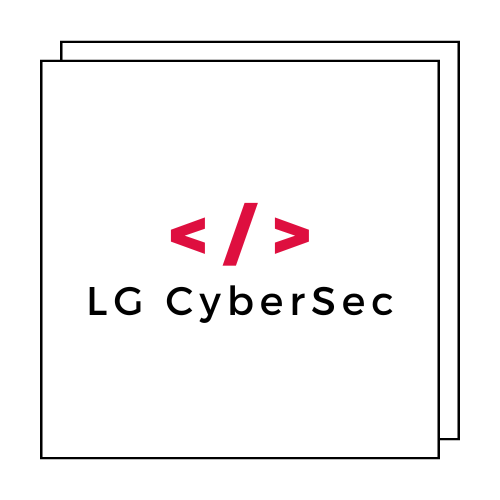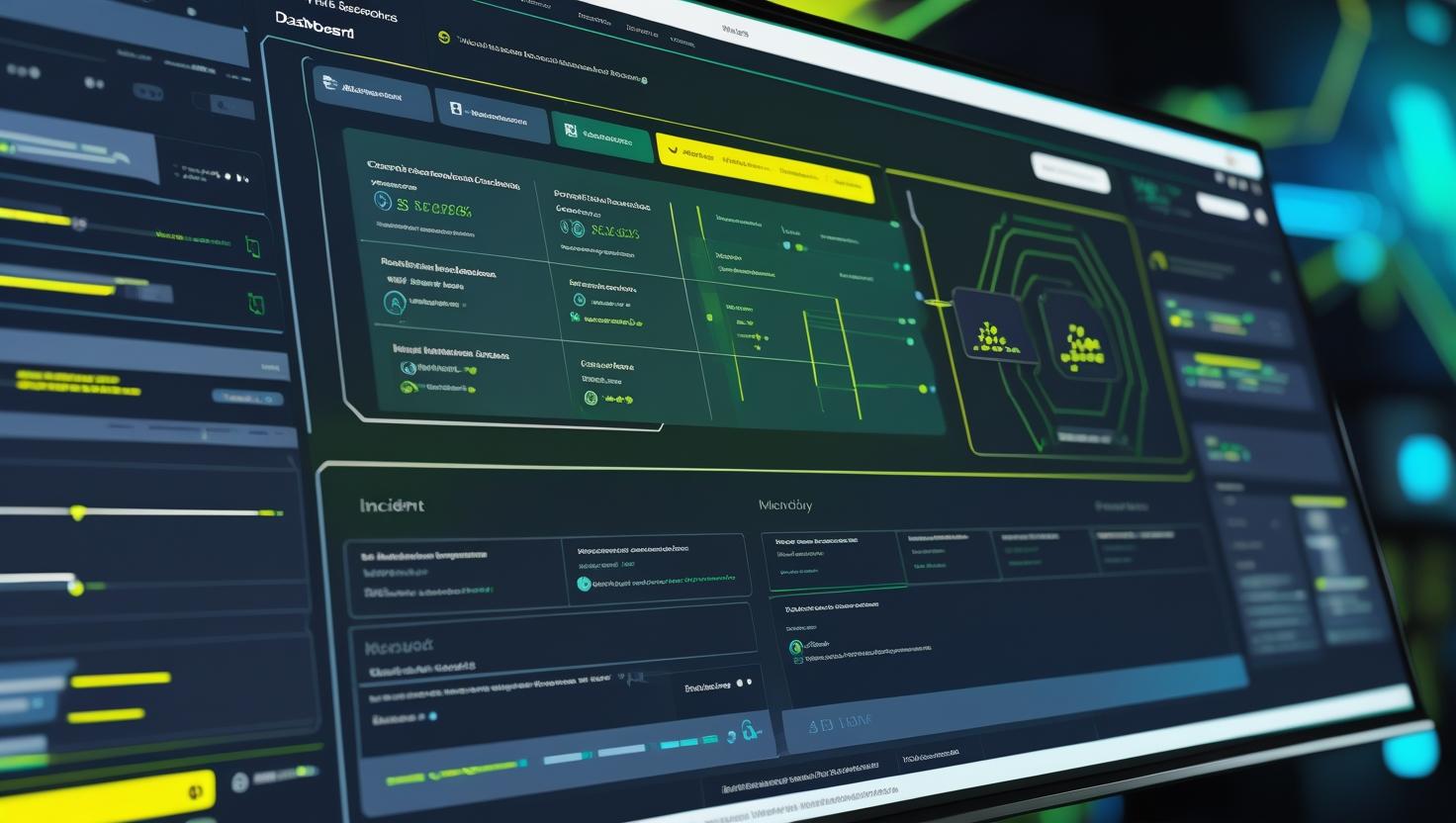In today’s rapidly evolving threat landscape, cybersecurity teams face an unprecedented challenge: managing an ever-increasing volume of security alerts while maintaining the speed and accuracy required to protect critical assets. The traditional manual approach to security operations has become unsustainable, with security analysts drowning in alert fatigue and organizations struggling to respond to threats in real-time. This is where Security Orchestration, Automation, and Response (SOAR) tools emerge as game-changers, offering a sophisticated solution to streamline security operations through intelligent automation.
SOAR platforms represent the convergence of three critical security capabilities: orchestration of security tools and workflows, automation of repetitive tasks and responses, and comprehensive incident response coordination. By integrating these functions into a unified platform, organizations can dramatically improve their security posture while reducing operational overhead and human error. The global SOAR market has witnessed explosive growth, with industry analysts projecting continued expansion as organizations recognize the critical need for automated security operations.
Understanding the Core Components of SOAR Technology
Security Orchestration, Automation, and Response platforms serve as the central nervous system of modern security operations centers (SOCs). These sophisticated tools integrate disparate security technologies, automate routine tasks, and provide structured incident response capabilities that enable organizations to respond to threats with unprecedented speed and consistency.
Orchestration: The Foundation of Integrated Security
Security orchestration forms the backbone of SOAR functionality, enabling seamless integration between various security tools, threat intelligence feeds, and operational systems. This integration capability eliminates the problematic silos that traditionally plague security operations, allowing for coordinated responses across multiple security domains. Modern SOAR platforms support hundreds of integrations with popular security tools, from SIEM systems and endpoint detection platforms to vulnerability scanners and network security appliances.
The orchestration layer enables security teams to create complex workflows that span multiple tools and systems, ensuring that incident response activities follow consistent, well-defined processes. This standardization not only improves response effectiveness but also provides valuable audit trails for compliance and process improvement initiatives.
Automation: Accelerating Response Times and Reducing Human Error
Automation capabilities within SOAR platforms address one of the most pressing challenges facing security teams: the need to respond quickly to threats while maintaining accuracy and consistency. By automating routine tasks such as alert triage, evidence collection, and initial response actions, SOAR tools free up security analysts to focus on high-value activities that require human expertise and judgment.
Advanced SOAR platforms incorporate machine learning and artificial intelligence capabilities that continuously improve automation effectiveness. These systems can learn from historical incident data, analyst decisions, and organizational preferences to refine automated responses and reduce false positives over time.
Leading SOAR Platforms: A Comprehensive Analysis
The SOAR market features numerous vendors offering diverse approaches to security operations automation. Understanding the strengths and capabilities of different platforms is crucial for organizations seeking to implement effective security automation strategies.
Splunk Phantom (Now Splunk SOAR)
Splunk’s SOAR platform stands out for its robust automation capabilities and extensive integration ecosystem. The platform offers a visual playbook designer that enables security teams to create sophisticated automated workflows without extensive programming knowledge. Splunk SOAR’s strength lies in its ability to handle complex, multi-step investigations and its seamless integration with the broader Splunk ecosystem.
Key features include advanced case management capabilities, comprehensive reporting and analytics, and support for both cloud and on-premises deployments. The platform’s extensive documentation and community-contributed playbooks accelerate implementation timelines and provide proven automation strategies for common security scenarios.
IBM Security QRadar SOAR
IBM’s QRadar SOAR platform emphasizes incident response coordination and collaborative workflow management. The platform excels in environments where multiple teams must coordinate response activities, providing clear role assignments, task tracking, and communication capabilities that ensure nothing falls through the cracks during critical incidents.
The platform’s strength lies in its comprehensive incident management capabilities, including automated evidence collection, detailed audit trails, and integration with IBM’s broader security portfolio. QRadar SOAR’s machine learning capabilities continuously improve threat detection and response prioritization, helping organizations focus resources on the most critical threats.
Microsoft Sentinel and Azure Logic Apps
Microsoft’s approach to SOAR combines the cloud-native Sentinel SIEM with Azure Logic Apps for orchestration and automation. This integration provides organizations already invested in the Microsoft ecosystem with a seamless path to security automation. The platform leverages Microsoft’s extensive threat intelligence capabilities and provides native integration with Microsoft 365, Azure, and third-party security tools.
Azure Logic Apps serves as the automation engine, offering a low-code approach to workflow creation that appeals to organizations with limited programming resources. The platform’s cloud-native architecture provides virtually unlimited scalability and reduces infrastructure overhead for growing organizations.
Demisto (Cortex XSOAR by Palo Alto Networks)
Cortex XSOAR, formerly Demisto, has gained recognition for its sophisticated automation capabilities and comprehensive threat intelligence integration. The platform’s unique approach combines security orchestration with collaborative incident response, enabling security teams to work together effectively while leveraging automated workflows.
The platform’s strength lies in its extensive marketplace of pre-built integrations and playbooks, which dramatically reduce implementation time and provide proven automation strategies. Cortex XSOAR’s machine learning capabilities continuously improve automation effectiveness and help organizations optimize their security operations over time.
Implementation Strategies for Maximum SOAR Effectiveness
Successfully implementing SOAR technology requires careful planning, stakeholder alignment, and a phased approach that allows organizations to build capabilities progressively while demonstrating value at each stage.
Assessment and Planning Phase
The foundation of successful SOAR implementation lies in thoroughly understanding current security operations, identifying automation opportunities, and establishing clear success metrics. Organizations should conduct comprehensive assessments of existing security tools, workflows, and team capabilities to identify the most impactful automation opportunities.
This assessment should include analysis of current alert volumes, manual task frequency, incident response times, and resource allocation patterns. Understanding these baseline metrics enables organizations to set realistic expectations and measure improvement after SOAR implementation.
Playbook Development and Testing
Effective SOAR implementation requires developing robust playbooks that encode organizational knowledge and best practices into automated workflows. The most successful organizations start with simple, well-understood processes before progressing to more complex automation scenarios.
Initial playbook development should focus on high-volume, low-complexity tasks such as malware analysis, phishing investigation, and vulnerability assessment coordination. These use cases provide immediate value while allowing team members to gain experience with the platform’s capabilities and workflow development process.
Integration Architecture Design
SOAR platforms derive their value from integrating diverse security tools and systems into cohesive workflows. Designing effective integration architecture requires understanding data flows, API capabilities, and security requirements across all connected systems.
Organizations should prioritize integrations based on tool usage patterns, data quality, and automation potential. Critical security tools such as SIEM systems, endpoint detection platforms, and threat intelligence feeds typically provide the highest integration value and should be prioritized during initial implementation phases.
Advanced SOAR Use Cases and Automation Scenarios
Modern SOAR platforms enable sophisticated automation scenarios that extend far beyond basic alert processing and incident creation. Understanding advanced use cases helps organizations maximize their SOAR investment and achieve transformational security operations improvements.
Threat Hunting Automation
SOAR platforms can automate many aspects of proactive threat hunting, from initial hypothesis development to evidence collection and analysis. Automated threat hunting workflows can continuously search for indicators of compromise, behavioral anomalies, and attack patterns across diverse data sources, enabling security teams to identify threats before they cause significant damage.
Advanced implementations incorporate machine learning algorithms that identify subtle patterns and correlations across large datasets, surfacing potential threats that might escape traditional rule-based detection systems. These capabilities enable organizations to shift from reactive to proactive security postures while making efficient use of analyst time and expertise.
Conclusion
In today’s rapidly evolving threat landscape, SOAR tools have become indispensable for modern security operations. By integrating orchestration, automation, and response capabilities into a single platform, SOAR empowers security teams to respond faster, reduce alert fatigue, and improve overall incident handling efficiency. Whether you’re aiming to streamline workflows, enhance collaboration, or bolster your threat detection capabilities, investing in the right SOAR solution can significantly elevate your security posture. As organizations continue to face complex cyber threats, SOAR is no longer a luxury—it’s a strategic necessity.

